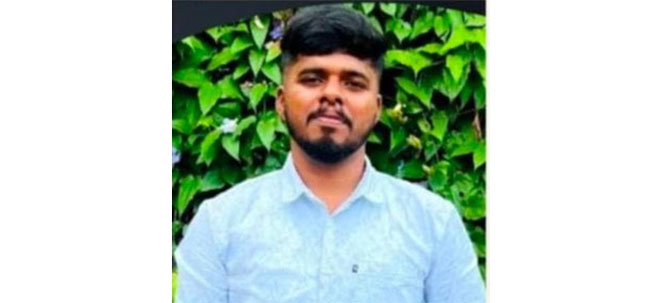Pope Francis, the beloved spiritual leader of 1.4 billion Catholics worldwide, has passed away at the age of 88. After battling age-related illnesses and spending over a month in the hospital, he departed peacefully, leaving behind a legacy of compassion, humility, and service. His death marks the end of an era and opens a sacred and solemn chapter of transition for the Roman Catholic Church.
The Final Hours and Ancient Rituals
With the pope’s passing, the Vatican enters the interregnum — a time between the end of one papacy and the beginning of another. The camerlengo, the Church's administrator of temporal affairs, performs a centuries-old ritual to confirm the pope’s death. He gently calls the pontiff’s baptismal name three times. If there is no response, the pope is declared dead — a symbolic moment of both loss and tradition.
An earlier custom involved tapping the pope's forehead with a small silver hammer, a practice discontinued after 1963.
The camerlengo then seals the papal apartment and prepares for the destruction of the Fisherman’s Ring and the papal seal — powerful symbols of papal authority. Their destruction signifies the official end of the pontiff’s reign.
A Funeral Rooted in Legacy
In accordance with the constitution Universi Dominici Gregis, the pope’s funeral must be held within four to six days. It will most likely take place at St. Peter’s Basilica, unless otherwise requested by the pope himself. A nine-day mourning period, known as novemdiales, follows the funeral.
The Sacred Search for a Successor
Around 15 to 20 days after the pope's passing, the papal conclave begins — a profoundly secretive and spiritual election process. Cardinals under the age of 80 gather in the Sistine Chapel, cut off entirely from the outside world, including phones and media.
They vote in repeated rounds. After each, ballots are burned. Black smoke rising from the chimney signals no decision. White smoke proclaims that a new pope has been chosen.
"Habemus Papam" — A New Dawn
Once a cardinal is elected and he accepts the sacred role, he chooses a papal name — often in honor of past saints or spiritual inspirations. Then, from the balcony of St. Peter’s Basilica, the senior cardinal deacon steps forward and declares to the world:
“Habemus Papam” — We have a pope.
A moment of silence gives way to thunderous cheers as the newly chosen pope steps forward, greeting the faithful and offering his first blessings. The bells of the Vatican ring out in joy, marking the beginning of a new spiritual journey for the Church and its followers.








Comments
Add new comment